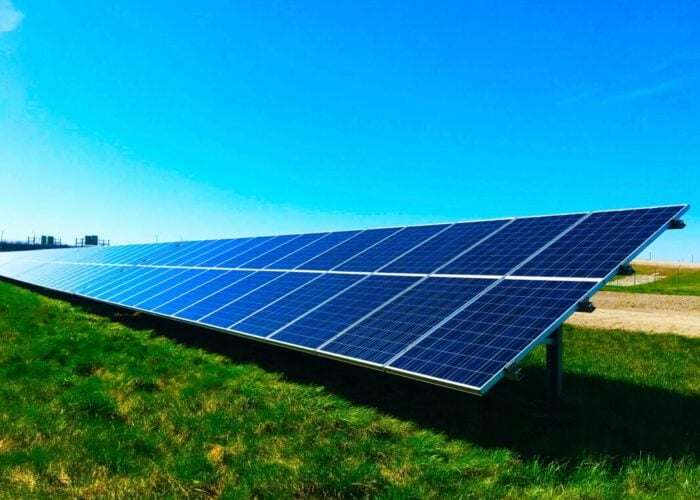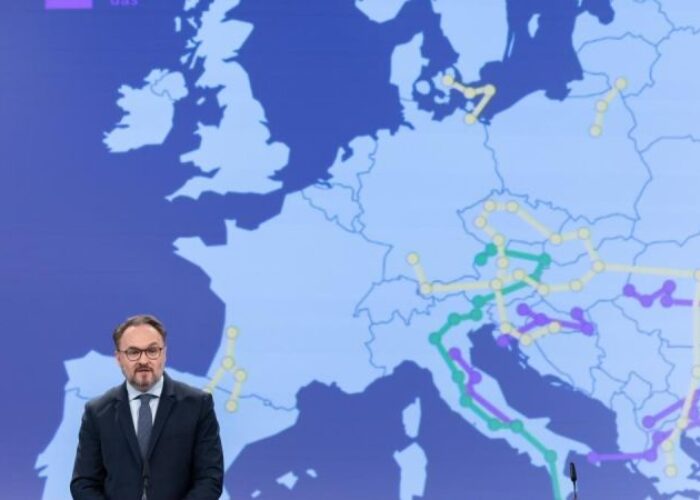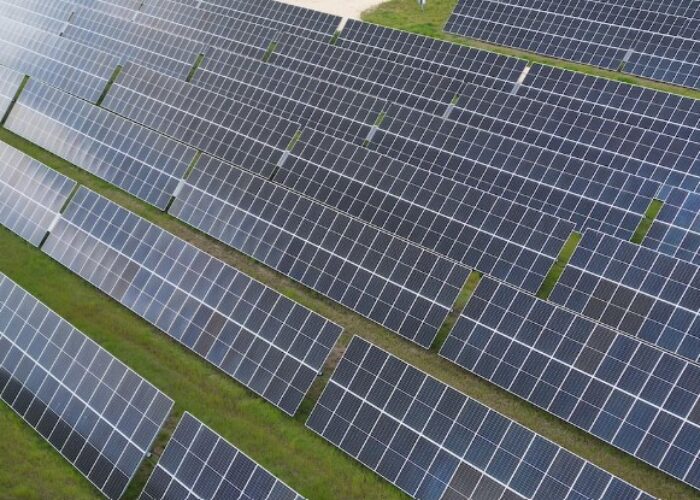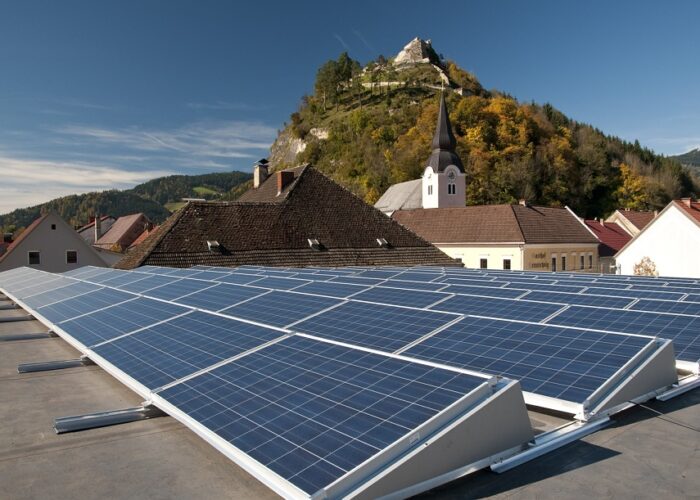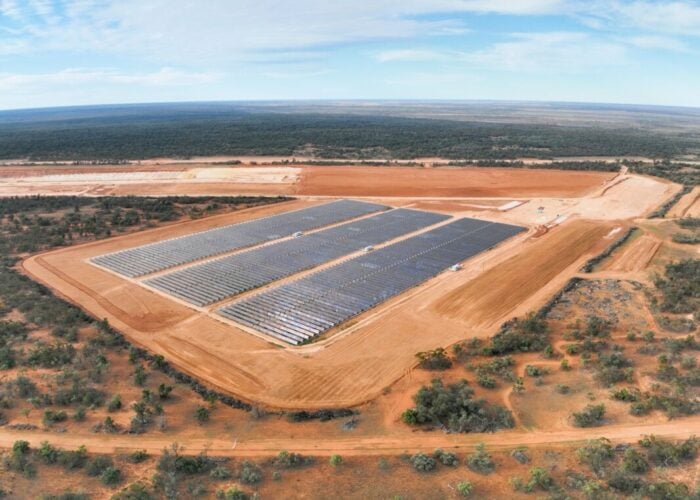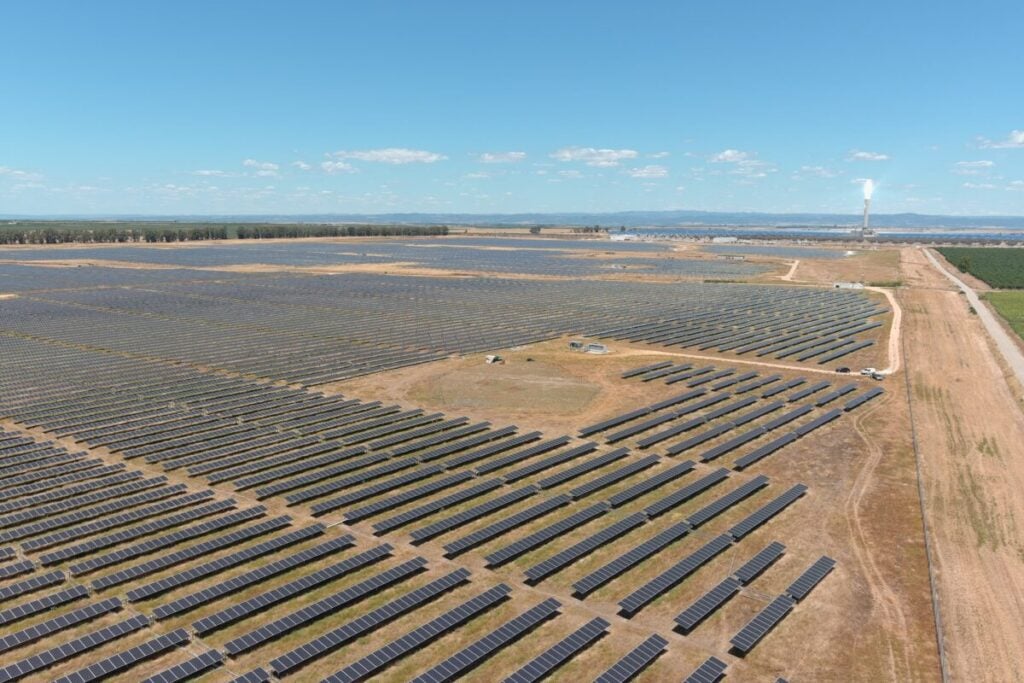
Global electricity demand is expected to increase by 3.3% year-on-year by the end of this year, and increase to 3.7% year-on-year by the end of 2026, with wind and solar PV set to cover over 90% of the increase in global electricity demand this year.
These are some of the conclusions to be drawn from the latest report from the International Energy Agency (IEA), ‘Electricity Mid-Year Update 2025’, published today (30 July) by the agency. The report notes that, despite a slowdown in economic activity that has discouraged investment in new power generation projects, electricity demand is expected to remain strong, and rise more than twice as fast as total energy demand by the end of this year.
Try Premium for just $1
- Full premium access for the first month at only $1
- Converts to an annual rate after 30 days unless cancelled
- Cancel anytime during the trial period
Premium Benefits
- Expert industry analysis and interviews
- Digital access to PV Tech Power journal
- Exclusive event discounts
Or get the full Premium subscription right away
Or continue reading this article for free
Much of this growth in electricity demand is in Asia-Pacific in general, and China in particular, as shown in the graph below. The IEA report expects net electricity demand in Asia-Pacific to exceed 15,000TWh by the end of this year, while China’s electricity demand is expected to exceed 10,000TWh by the end of next year.
While the report notes that year-on-year electricity demand in China has slowed slightly, from 7% in 2024 to 5% in 2025, the country’s massive industrial sector means that it will still account for a considerable proportion of global electricity demand. China alone will account for half of the world’s growth in electricity demand in 2025, as it did in 2024.
Recent trends in China’s leading PV companies could also accelerate this growth. Last week, PV Tech Premium spoke to experts at the SNEC expo in Shanghai, who noted that many of the country’s leading companies are shifting their focus from purely PV manufacturing to providing a more comprehensive suite of energy products, such as battery energy storage systems (BESS) and energy management systems, all of which will require power.
“Currently, over one-third of our business mix comes from solutions, and this proportion is expected to exceed 50% within the next two to three years,” Gao Jifan, Trina Solar’s chairman and CEO, told PV Tech Premium. “Combined with digital energy and storage businesses, we anticipate this year’s performance will double compared to last year.”
Solar deployments to drive renewable power growth
Perhaps unsurprisingly, the IEA report finds that renewable power in general, and solar power in particular, will be essential in meeting this growing power demand. The report notes that, depending on “weather trends and economic developments”, global renewable energy generation will exceed that of coal-fired electricity generation as early as 2025, or as late as 2026.
The contribution of solar and wind to the global energy mix is forecast to hit 17% this year, up from 15% last year, and increase to 19% next year, as the contribution of coal in the world’s total electricity generation is set to fall below one-third for the first time in a century. Solar generation, in particular, is expected to increase by 27% year-on-year in 2026, while coal-fired generation is expected to remain “broadly stable”.
However, the report notes that, as is the case with electricity demand, this growth will vary considerably from one region to another. In the US, for instance, solar generation grew around 30% between the end of 2024 and the end of the first half of 2024, driving an 11% growth in all renewable power sources between these periods; in comparison, renewable energy generation is forecast to increase just 2% year-on-year in Europe by the end of 2025.
Much of this stems from variation in weather – the report notes that slow wind speeds in the first half of the year will drive a decline in wind generation of 3% by the end of 2025 – but the contribution of “low-emissions sources” to Europe’s energy mix is still expected to exceed 75% in 2026, up from 71% in 2024.
This is tied to the sustained growth of new solar deployments, with SolarPower Europe expecting Europe to reach 402GW of installed capacity by the end of the year, despite reporting a marginal decline in the growth rate of new additions for the first time in over a decade.
Power prices and negative price events rise as markets fluctuate
The IEA report also notes that there is similar regional variation for electricity prices, although the general trend was one of increasing prices across the world. Higher gas prices helped push electricity prices up too, and this was seen in the US, the EU and Japan. In the EU, for instance, wholesale electricity prices were around 30% higher in the first half of 2025 than in the first half of 2024, almost matching the 20% year-on-year increase in natural gas prices between these periods.
While the Nordics experienced a 20% year-on-year decline in electricity prices between the first half of 2024 and the first half of 2025, due to higher wind and hydropower output in the region, this was an anomaly for Europe, where, on average, there is less operating hydropower capacity. Germany, France and the UK all saw increases in power prices between the first half of 2024 and the first half of 2025.
Meanwhile, the US and Japan saw year-on-year price increases of around 40% and 15%, respectively, with the report suggesting that more extreme weather events in winter in the US led to “higher prices by raising heating-related electricity usage”. These trends are shown in the graph below.
The IEA report also notes that Australia was one of few countries to see electricity prices fall between the first half of 2024 and the first half of 2025. The report attributes this to an increase in BESS output of 86%, which helped stabilise a grid that is increasingly reliant on renewable power sources, such as solar PV.
Batteries have long been thought of as a means to balance power grids and energy prices, particularly as zero and negative prices become increasingly common amid the growth of renewable power.
The IEA report found that, in Germany, the Netherlands and Spain, the share of hours with negative prices on the wholesale market reached 8-9% in the first half of the year, roughly double the 4-5% reported in 2024. Indeed, France registered zero or negative energy prices for 90% of the days in May 2025, up from 80% the previous month.
“The strong expansion of renewables and nuclear is steadily reshaping electricity markets in many regions,” said IEA director of energy markets and security Keisuke Sadamori. “But this must be matched by greater investment in grids, storage and other sources of flexibility to ensure power systems can meet the growing demand securely and affordably.”

